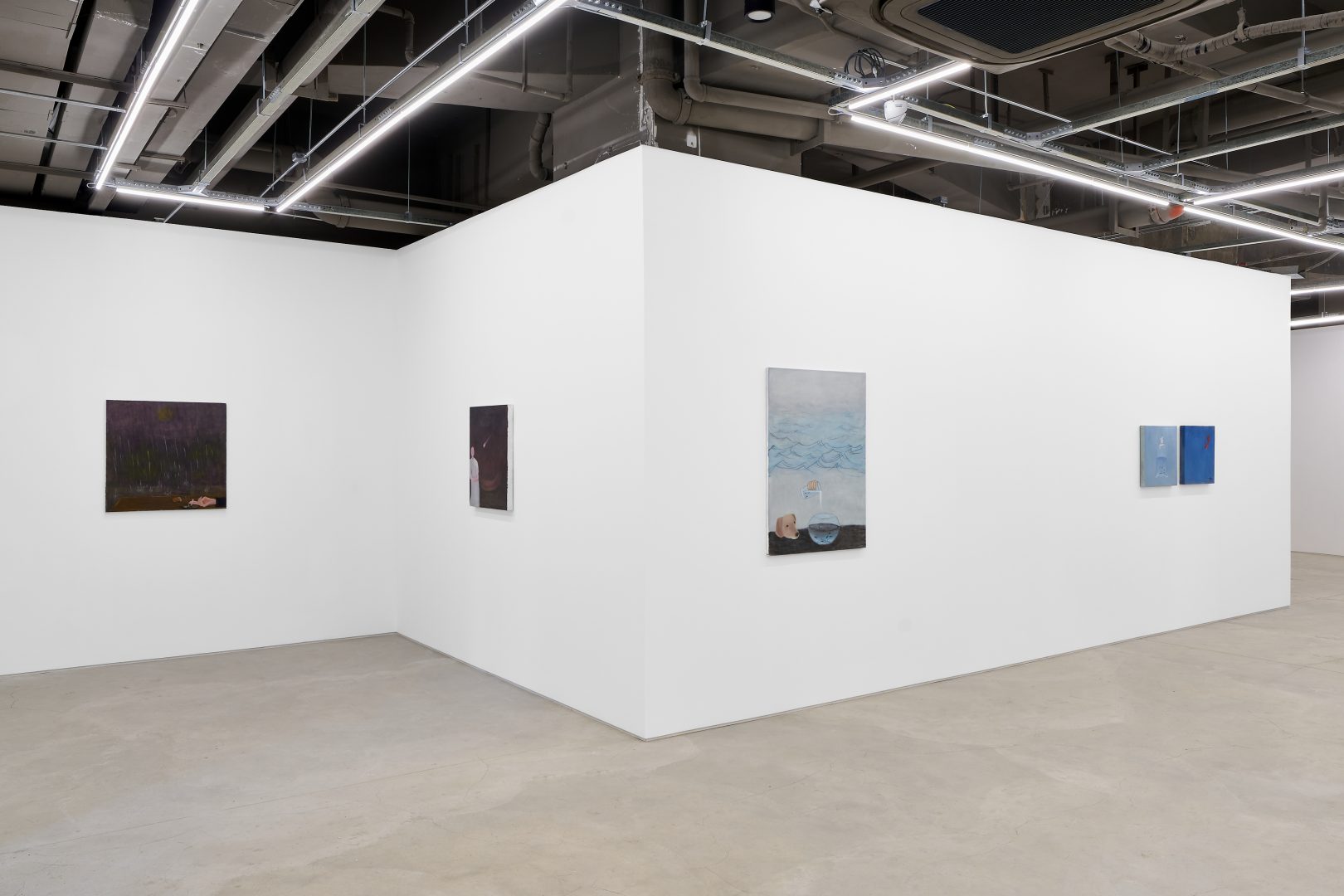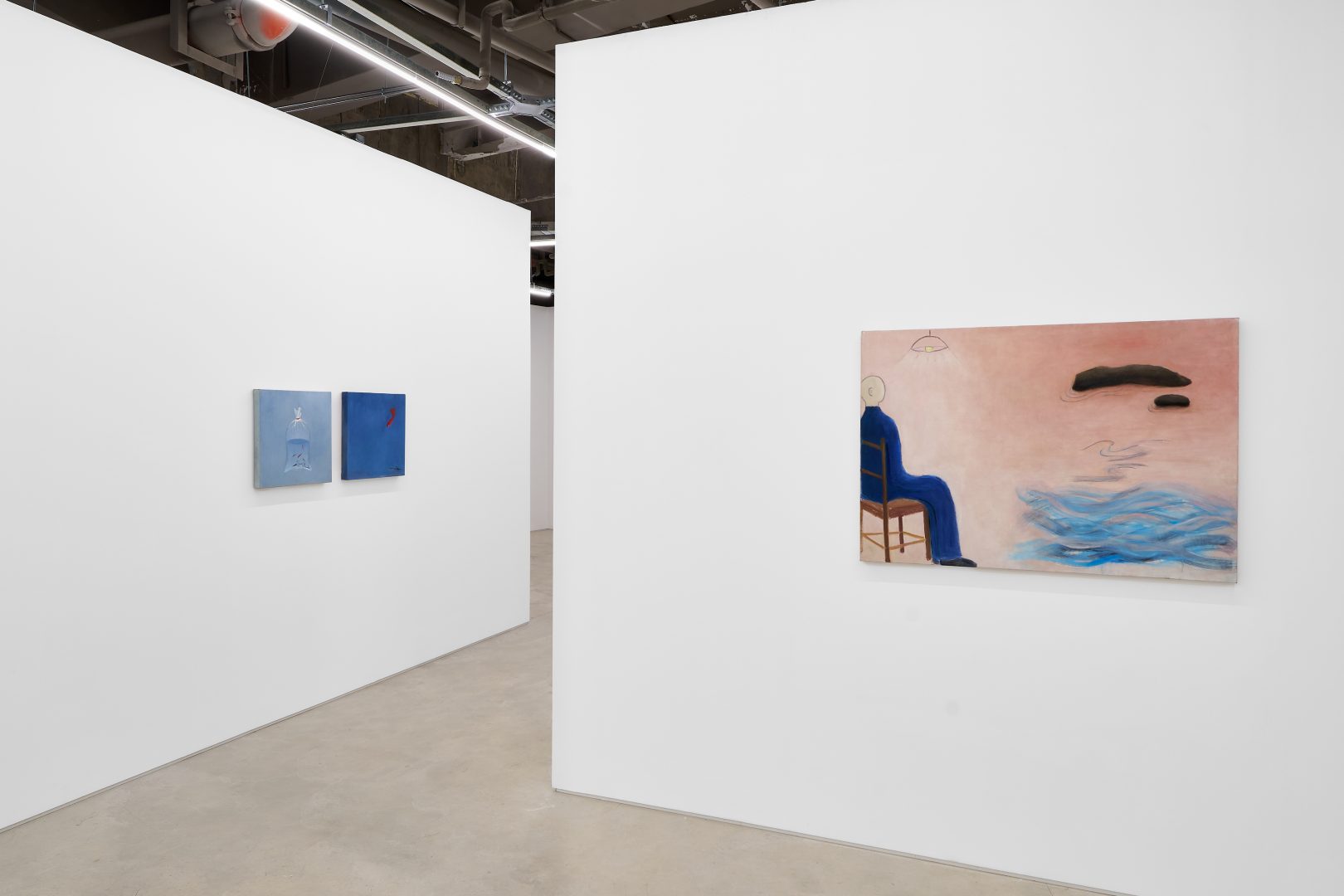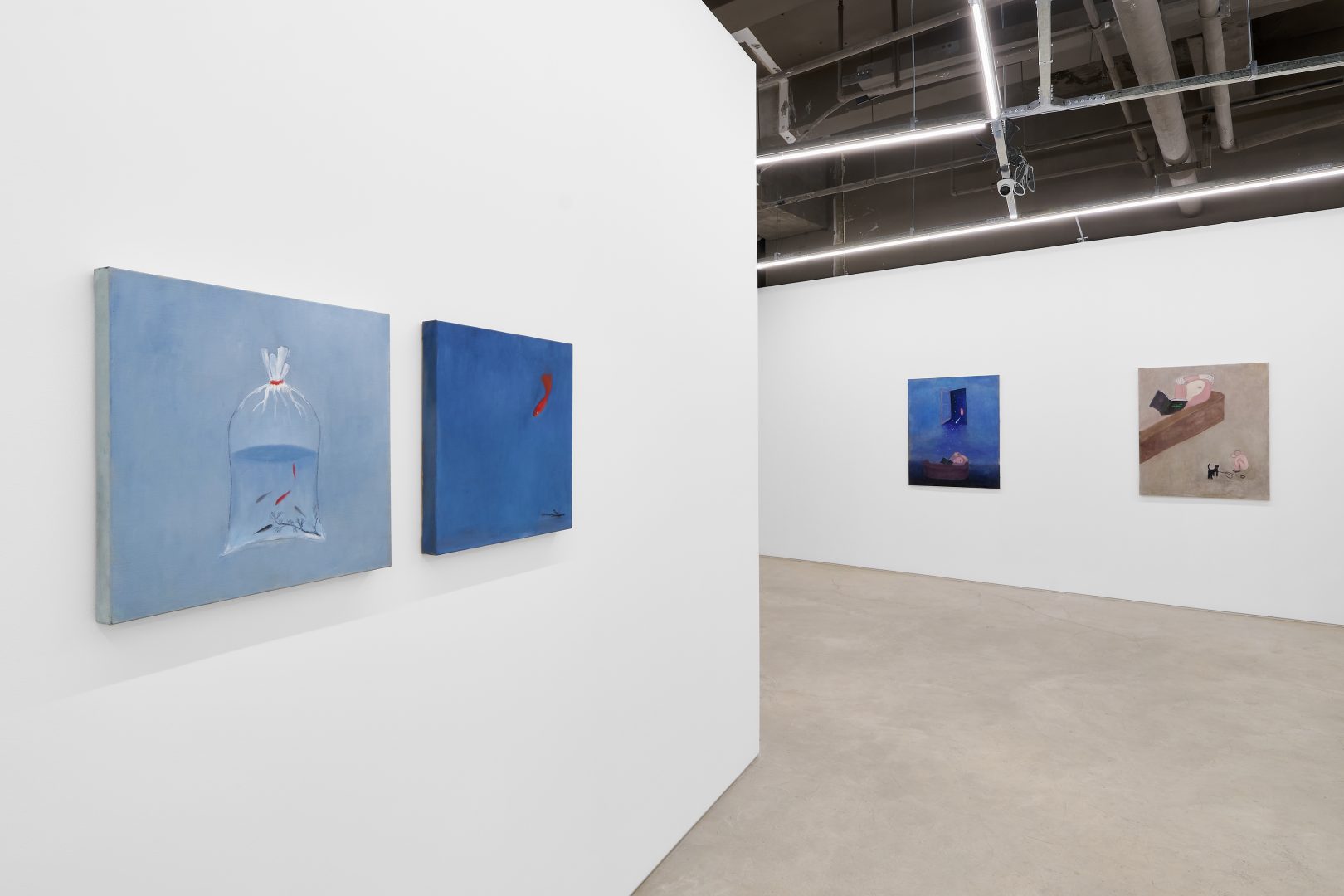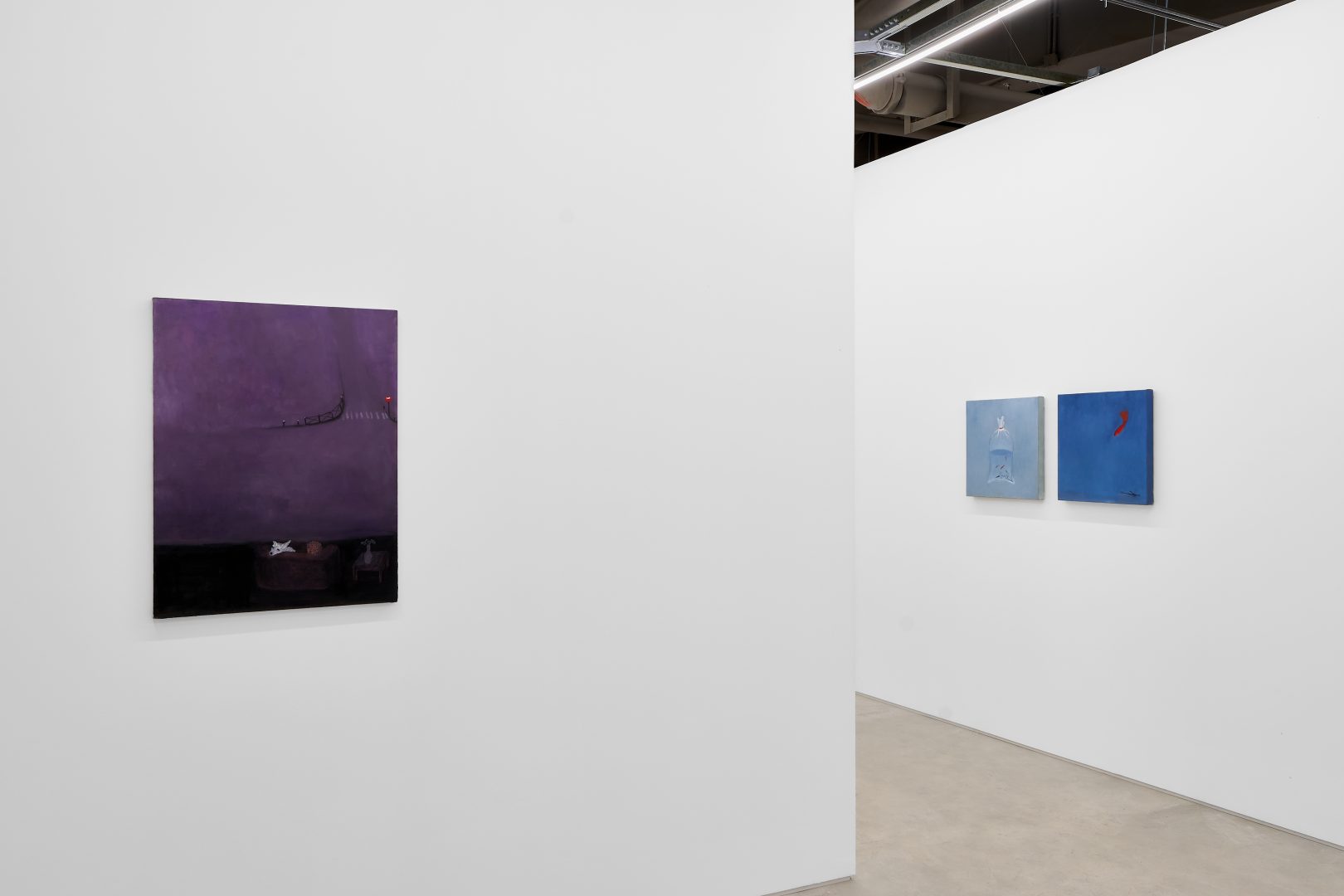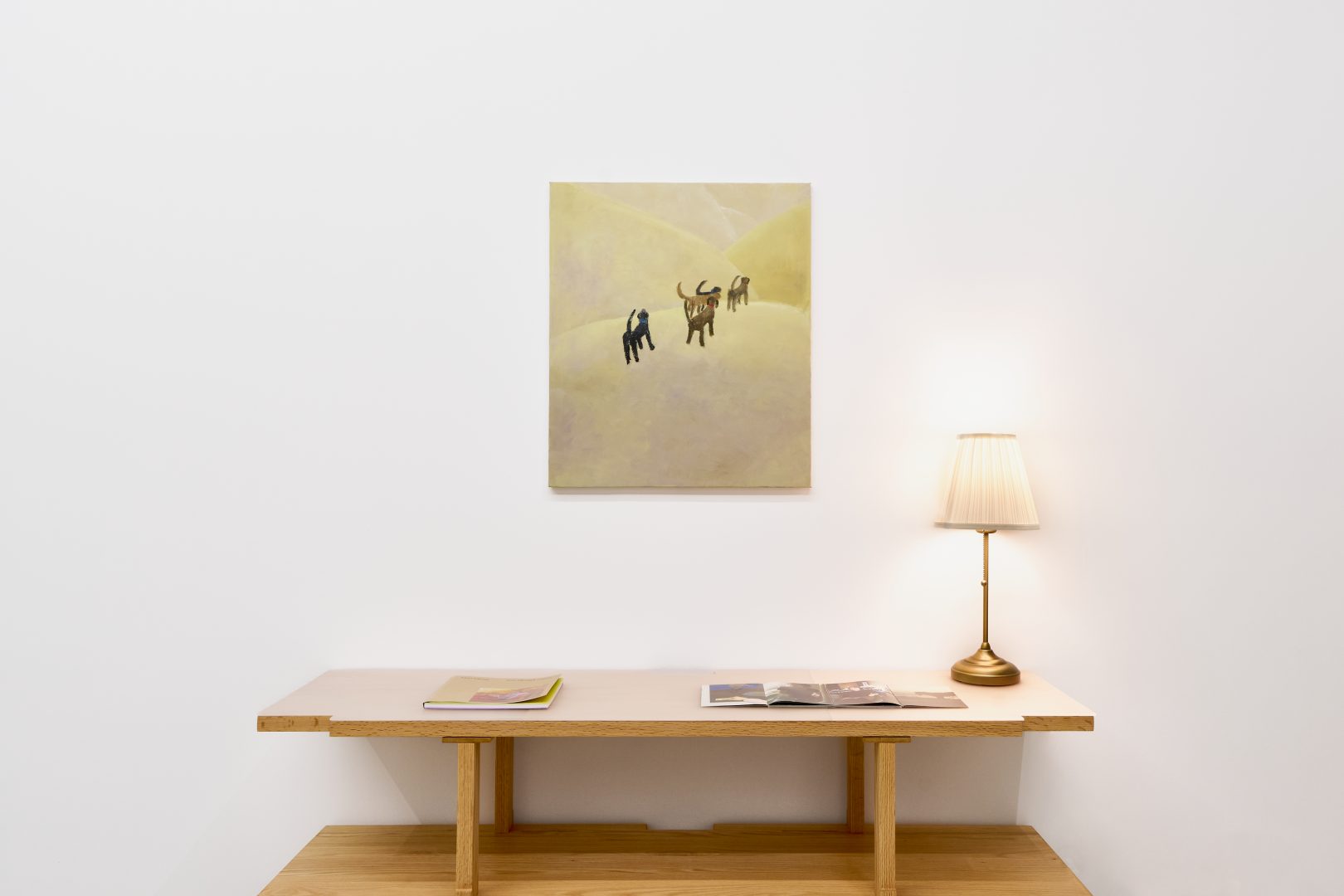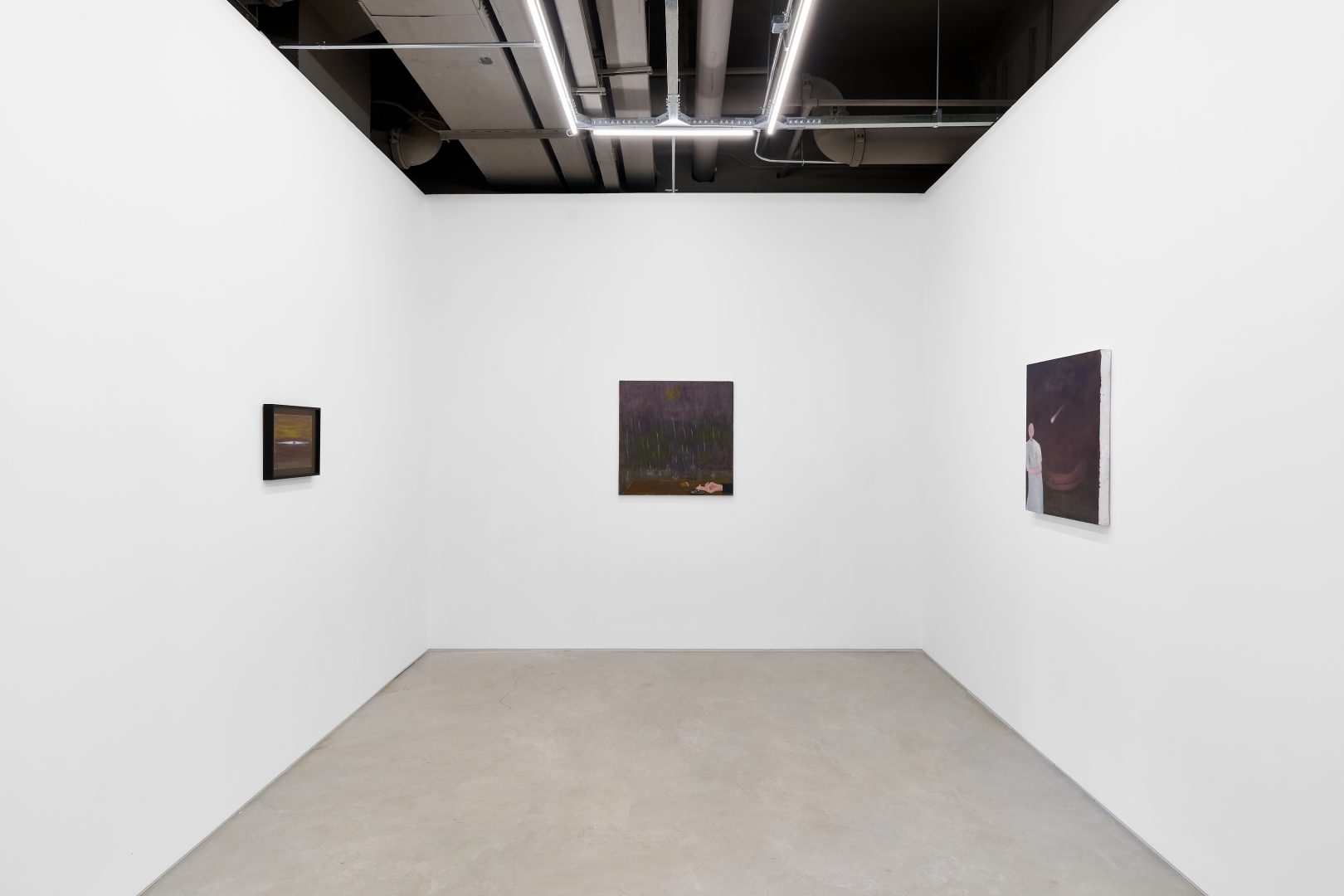2024.5.11 – 2024.7.1
Hongyan: My Shadow

“Antenna-tenna” is honored to announce the upcoming solo exhibition “My Shadow” by artist Hongyan, which opens on May 11, 2024 and will run through July 1, 2024.
–
Text / Meng Xianhui
“My Shadow” comprises Hongyan’s latest works from the past year. With her unmoored imagination and vitality, Hongyan integrates her meditation on life into her pictures. Her untrammeled expressions of feelings are shown through the way in which she constructs lines and colors, opening up channels of communication between people’s hearts with a “naïve” approach.
Although Hongyan did not receive conventional training from the academy, her practice was not bound by any school of thought. She paints from her perceptions, what she’s seen and felt with a personal will, rendering a naïve style that projects the artist’s heartfelt emotions onto the canvas or on paper. In I Am a Little Fish #1-2, an extension of an earlier work, Hongyan subtly depicts her attentive observation of reality. She generalizes a container, fish, and aquatic plants with geometric forms rather than treating them as realistic scenes, overlooking the relationship between pictorial planes and the presence of a light source, and the flattened background in a single tone and the shifting subject matter demonstrates a subjective command, using the most innocent approach to what concerns her. The meandering of the fish in a confined space reminds Hongyan of a person life, who charges forward single-mindedly without realizing going around and around.
With a shift in depicting various containers of water, Hongyan continues to explore boundaries; each person’s ability, gender, race, and other labels invariably define the boundary of one’s life and work. In works such as Green Waves Greet the Spring Breeze and Ripplets, the artist intentionally portrays the moment when the water merges into a larger space, highlighting the occurrence of something new in the world, being stirred up at a momentary pause. In the movement of the fish and the water, Hongyan’s focus coincides with Zhuangzi’s discussion of the “distant travel” of the “heart.” Kun, the fish in the Northern Darkness, is akin to living in a narrow space and constrained by a secular social life, whose limited space of the mind propelled it to “travel afar,” who then transforms into a bird, “Peng,” spread its wings to realize the transcendence and freedom of the physical realm and spirit.
If Gazing Down at the Dark Blue Sea marks Hongyan’s attempt to show the broad water with lines after a trip to Yunnan, Overnight bore memories of the artist’s travel by night train in Europe, introducing a new direction for her practice. She collages the passing scenery outside the window into a coherent external world; the overlapping windows between the train’s interlacing merge instantly, by which she commands the sceneries between the window and mirror images with various pictorial planes. The world is reflected in the mirror, and the eyes become the core of presence, representing actual objects and scenes. Hence, the boundary between the real and the imagined gradually comes undone through the artist’s mind’s eye.
Using the window as a framing device, viewing the interior space with the same gaze as the outdoor scenery, and then connecting, channeling, and even integrating the world inside and outside the window have become common approaches in Hongyan’s paintings. The single hand, a rising wisp of smoke, sets the tone for Wind and Rain, which speaks volumes of the creator’s leisurely mood, while the sun in the distant view signals the fierce rainstorm will eventually disperse. The shallow ripples resonate with the black and white cat in A Kitten Who Loves to Look at Landscape #2. In contrast, the figures in A Kitten Who Loves to Look at Landscape #1 magnify the critical composition of the foreground image. The distant intersection and traffic lights beyond the window reminds one of the scenes seen by the millions of people who rode the elevator to the top of the Eiffel Tower after it opened to the public in 1889. The view from above, one that has long become commonplace for people today, looking onto the crisscrossing streets and alleys, is flattened into a pattern, and the perspective of the past has also faded.
Interestingly, the space-marking sofa is also critical in Hongyan’s paintings. In Belleville, A Speck of the World, and Fill My Dreams with Stars, the figures look into the distance from the sofa – symbolic of safety and comfort – in a lounging posture, and the artist retains an essential spatial relationship even having compressed the overall dimensionality. Hongyan uses scales that do not necessarily meet common sense to replace realist depictions of objects, transforming every object in her pictures into a subject. Moreover, multiple juxtapositions of singular objects are determined by turning painting into an introspection on life. Naïvete, childlike gaze, and wanderlust are essential qualities that allow Hongyan to shape her own world.
Bian Zhilin wrote in Fragment, “You stand on a bridge appreciating the scenery before you, and those who are appreciating the same scene are looking at you from upstairs, the bright moon decorates your window, and you adorn other people’s dreams.” Hongyan claims that the perspective adopted for A Speck of the World came from this poem, and this subjective take on spatial relationships was the artist’s choice. “I can’t paint something that’s entirely abstract. Instead, I need first to set up a pictorial logic in my mind before I start to organize the picture.” The narrative conveyed in works such as Fill My Dreams with Stars, and My Shadow also presents an intuitive sense. A strong hand pushes open the window, breaking those invisible frames and barriers established in previous works; what allows the artist to face the stars and project her mind into the universe is precisely her shadow over the horizon. Observing the outside world and internalizing one’s perceptions allow each painting in this exhibition to have a “shadow,” and “I” can be the artist herself or anyone. In the words of Benedetto Croce in Principles of Aesthetics, referring to intuitive knowledge, “She does not need to borrow eyes from others. She has good eyes of her own”.
–
Hongyan (b.1966, Beijing) lives and works in Beijing. Hongyan’s works are inspired by her personal experiences and meditative habits, and relying on a dream-like, contemplative form of painting. She often uses her gentle brushstrokes and divine colors to construct her images.
Her work has been exhibited at Galerie Balice Hertling, Paris (2020; 2019). The artist’s first solo exhibition in China, “Torrent Above,” was presented at the “Visiting Sector” of Beijing Gallery Weekend 2022, and her works was featured in ART021 by Antenna Space (2023; 2021) and Balice Hertling (2019). Her latest solo exhibition “My Shadow”(2024) will be presented in the Antenna Space project space “Antenna-tenna”.
–
Antenna-Tenna
B1-7, 9 Qufu Road, Jing’an, Shanghai
Wednesday to Saturday 11:00-18:30
Installation Views
Artworks
-
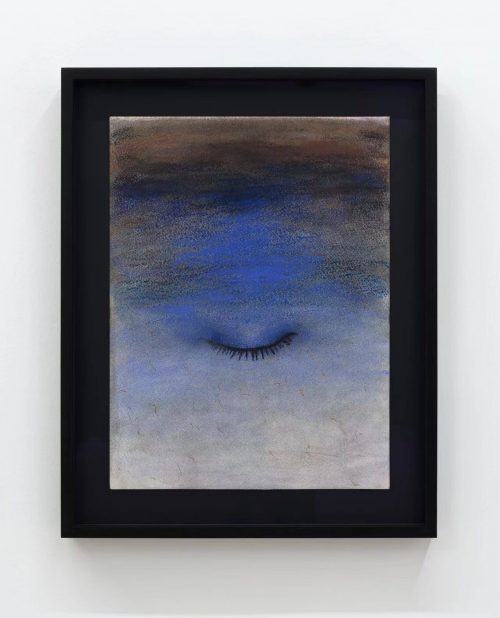
Hong Yan, Meditation#1, 2023
Pastel on paper
32.5 x 40.5 cm (with frame)作品信息Information -

Hong Yan, Meditation#2, 2023
Pastel on paper
32.5 x 40.5 cm (with frame)作品信息Information -
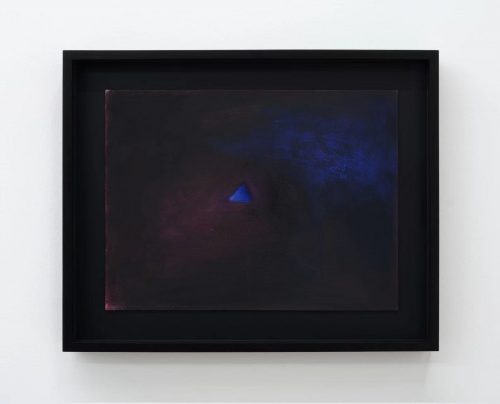
Hong Yan, Meditation#3, 2023
Pastel on paper
40.5 x 32.5 cm (with frame)作品信息Information -
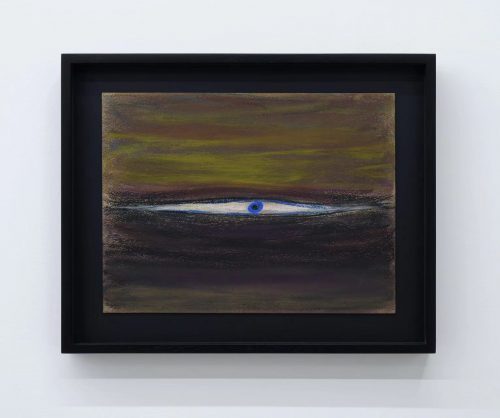
Hong Yan, Meditation#4, 2023
Pastel on paper
40.5 x 32.5 cm (with frame)作品信息Information -
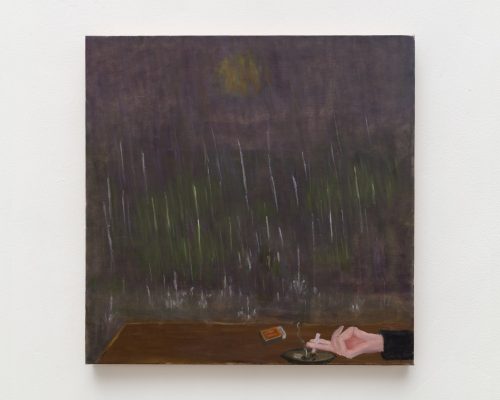
Hong Yan, Wind and Rain, 2023
Oil on canvas
80 x 80 cm作品信息Information -

Hong Yan, My Shadow Self, 2023
Oil on canvas
70 x 60 cm作品信息Information -

Hong Yan, A Quite Night, 2023
Oil on canvas
80 x 100 cm作品信息Information -
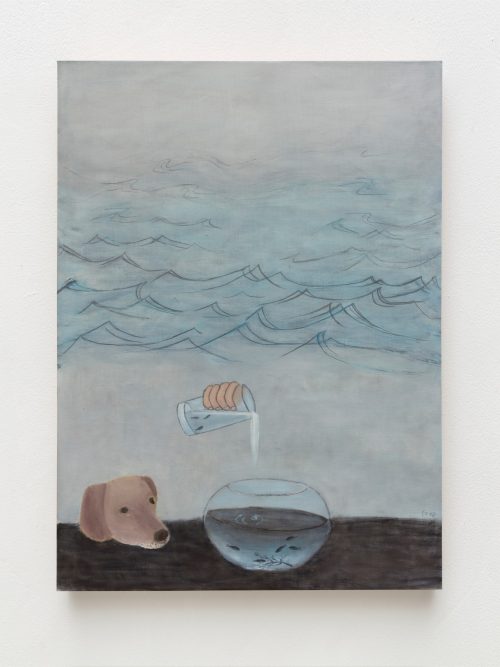
Hong Yan, Green Waves Greet the Spring Breeze, 2023
Oil on canvas
80 x 110 cm作品信息Information -
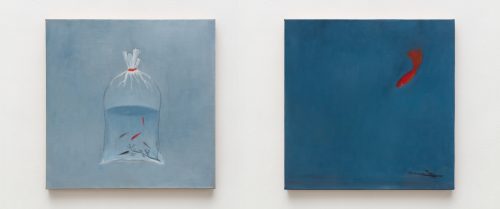
Hong Yan, I am a little fish #1-2, 2023
Oil on canvas
50 x 50 cm x 2 pieces作品信息Information -
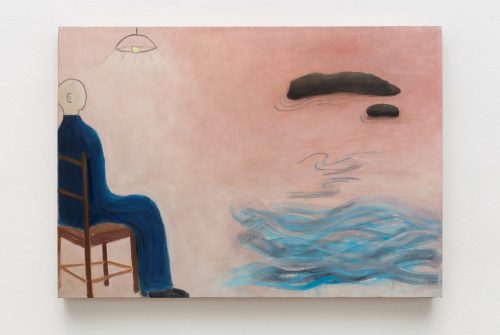
Hong Yan, Gazing Down at the Dark Blue Sea, 2023
Oil on canvas
85 x 120 cm作品信息Information -

Hong Yan, Ripplets, 2023
Oil on canvas
80 x 100 cm作品信息Information -
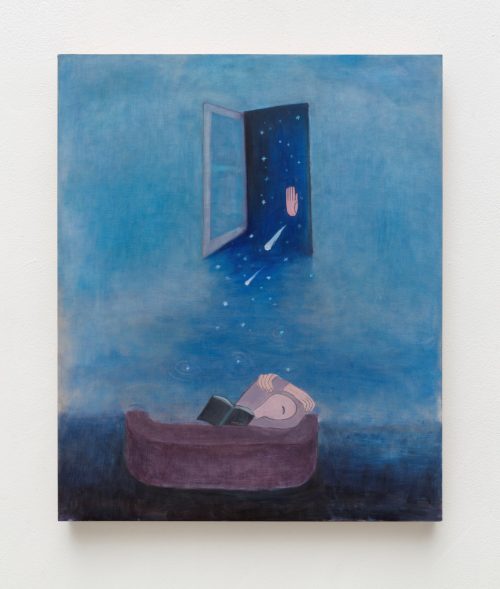
Hong Yan, Fill My Dreams with Stars, 2023
Oil on canvas
110 x 90 cm作品信息Information -
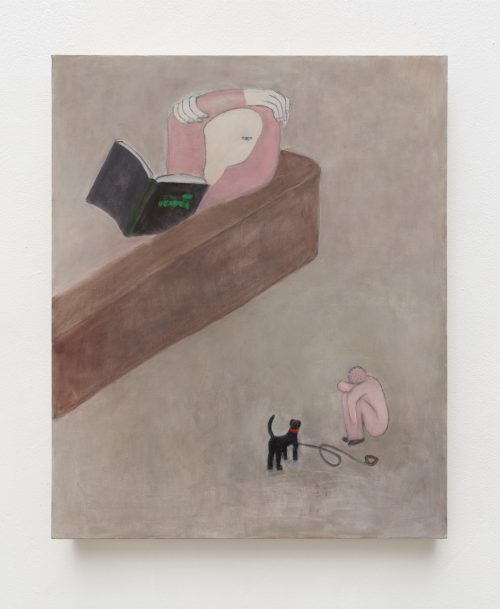
Hong Yan, A Speck of the World, 2023
Oil on canvas
90 x 110 cm作品信息Information -
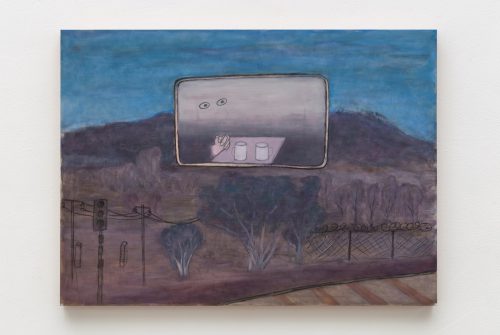
Hong Yan, Overnight Train, 2023
Oil on canvas
110 x 150 cm作品信息Information -
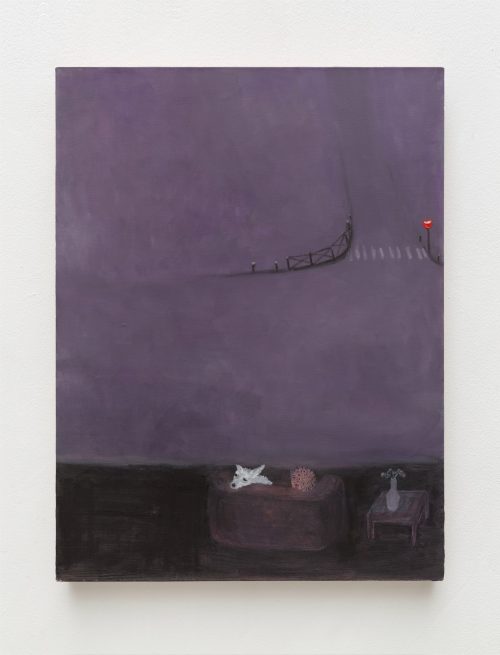
Hong Yan, Belleville, 2023
Oil on canvas
82 x 62 cm作品信息Information -
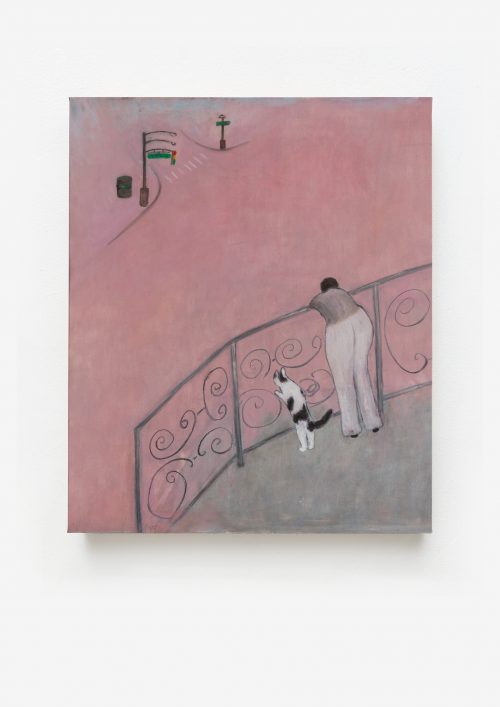
Hongyan, A Kitten Who Loves to Look at Landscape#1, 2019
Oil on canvas
70 x 90 cm作品信息Information -
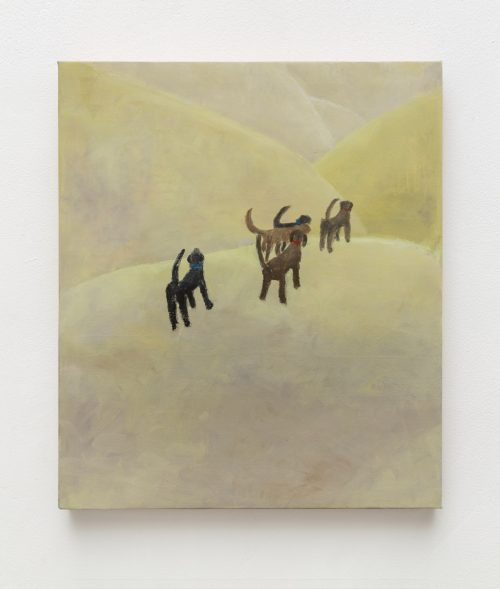
Hong Yan, Valley Parade, 2023
Oil on canvas
70 x 60 cm作品信息Information
